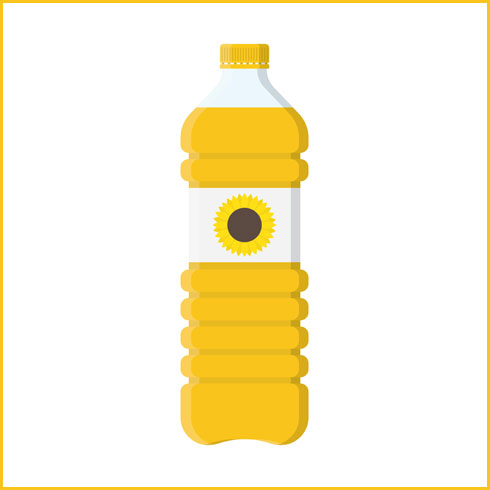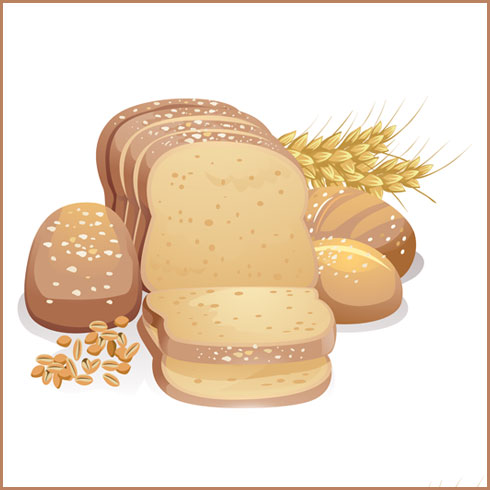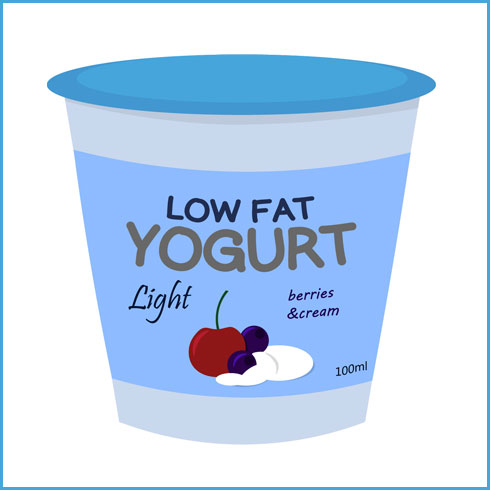
Dr Vishakha Shivdasani is a nutritionist who specializes in treating chronic lifestyle ailments. She vehemently opposes calorie restricted or crash diets and always emphasizes feeling fit over just losing weight. Read on to know how she decodes jargon on the back of food packaging that is often misleading to us common folk.
“With the plethora of advertisements on television and newspapers selling ‘health foods’, it’s easy to succumb to a packet of “zero cholesterol” chips or “zero fat” biscuits. However, I would urge you to decide only after thoroughly reading food labels and not getting carried away by all the tall claims made by manufacturers. The actual nutrition information is really on the back of the packaging, the rest tends to be a marketing gimmick to lure uninformed readers into buying the product.
For example, I have patients who have been unsuccessful in lowering their cholesterol and triglyceride levels despite eating a certain brand of “brown” bread with “zero cholesterol” spread and “low-fat” biscuits! Why they wonder especially when they’re doing all they can and eating all the ‘correct’ foods! Others despair over their weight despite sticking to zero fat atta noodles and zero fat salad dressings have a problem shedding weight.
Let’s look deeper into some of these so-called health foods and what they really mean.

Words like zero cholesterol or cholesterol-free
Though vegetable oil contains no cholesterol, it’s still nothing but fat. More often than not, it has less saturated fat compared to butter or lard, but one tablespoon of vegetable oil has 14g of fat and the same 100-odd calories that are found in one tablespoon of butter or cream. This means that it can raise cholesterol levels in the blood. This explains why the scale and cholesterol numbers don’t move!
No additives
These are commonly used for certain juices, breads and cereal. The terms “natural” and “lightly sweetened” are other labels that only add to the confusion. Also none of these terms are regulated, so no matter what the label says it doesn’t necessarily mean one food is better than the other. What you need to look out for is “100% wholegrain” bread. Even products labeled “multigrain” could contain refined. Brown bread, for example, often contains caramelized sugar that gives refined flour or maida a deep brown color.
The other important thing to look for in any packaged food is the serving size, that is, the number of servings in the packet, and more importantly, how many are you going to have, and the total number of calories in each serving. Anything more than 400 calories per meal is high.


Fat free or low fat
More often than not, these foods have been stripped of their natural fats and contain high levels of sodium or more gars or thickeners as emulsifiers. All these are bad for your health but compensate for taste! Fats also create satiety, and the lack of them creates a yearning for more food, so you’re hit by a double whammy, the lack of nutrients and hunger pangs. Vitamins A, D, E and K are fat soluble, which means that your body needs some amount of fat to absorb them. With these fats lacking, these fat-soluble vitamins can’t be absorbed, leaving you low on these vitamins and therefore low on energy.
The other things to stay away from are products that carry labels such as “saturated” or “hydrogenated” or “fructose syrup”. These are very misleading to say the least. Not only do they contain bad fat and increase cholesterol they are bad for diabetics too.”
So please read the ‘back’ or fine print on all food packaging. The front is only to lure you into buying the product!

